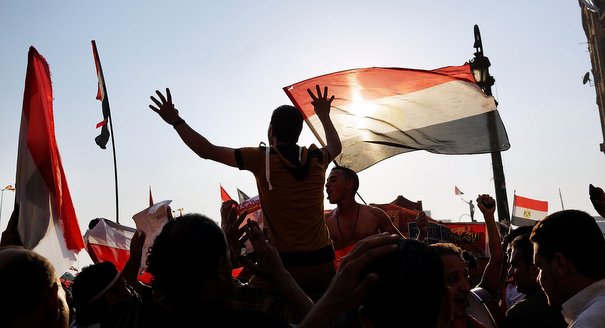Source: Taylor & Francis
The forced departure of Egypt’s long-time president, Hosni Mubarak, on 11 February 2011 was widely hailed as a popular revolution, not only in Egypt, but worldwide. And in many respects it was: a cascading series of demonstrations suddenly rendered the country ungovernable by a president whose tenure had extended almost three decades and who appeared to be slowly arranging his own succession. But the legal form his deposition took was a ‘constitutional declaration’ by the country’s Supreme Council of the Armed Forces (SCAF)—a body nominally headed by the president himself but in effect operating independently—that Mubarak was no longer president and that the SCAF would oversee a transition to a new political system. That announcement, which all political forces that had supported the uprising welcomed and all state institutions accepted, contained many underappreciated contradictions. A democratic transition was supposed to be combined with unchecked military rule; a popular uprising decided happily to leave the state apparatus intact; a non-ideological movement simply chose at first to ignore the deep divisions within its own ranks.The 40 months between Mubarak’s departure and the inauguration of President Abdel Fattah el-Sisi saw all these contradictions explode with full force. In the end, certain mechanical aspects of democracy did indeed emerge, and the memory of the uprising retained some political force and some established patterns that subsequent protest movements could draw on. But the tensions that were overlooked in February 2011 were resolved, at least for the moment, by the reassertion of a strong presidency and an unaccountable and authoritarian state apparatus—the very targets of the uprising...
This article was originally published by Taylor & Francis.







